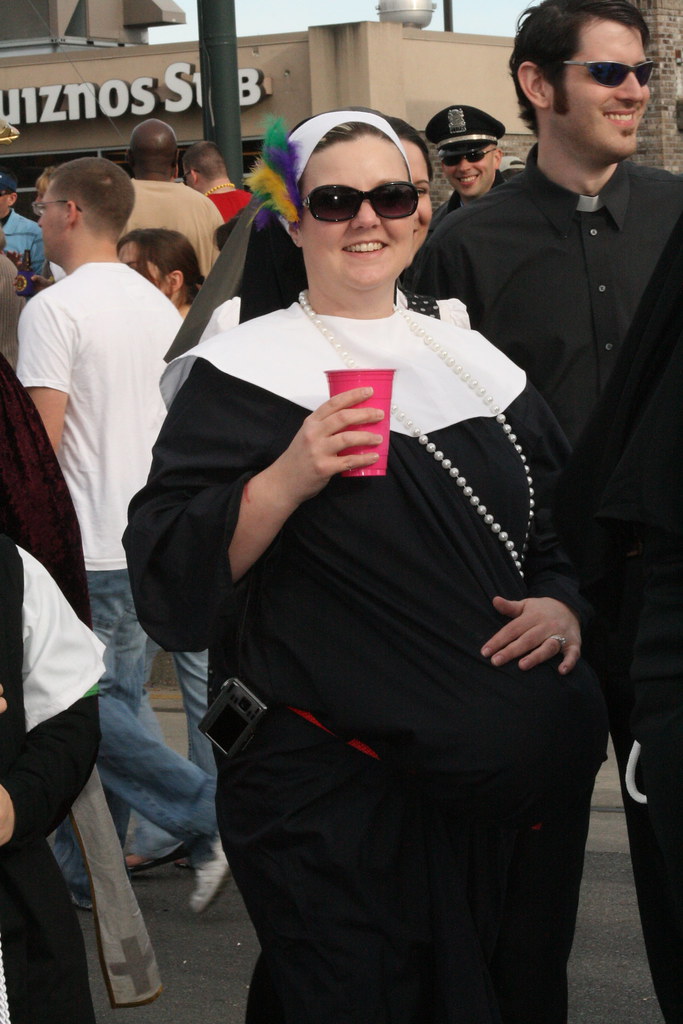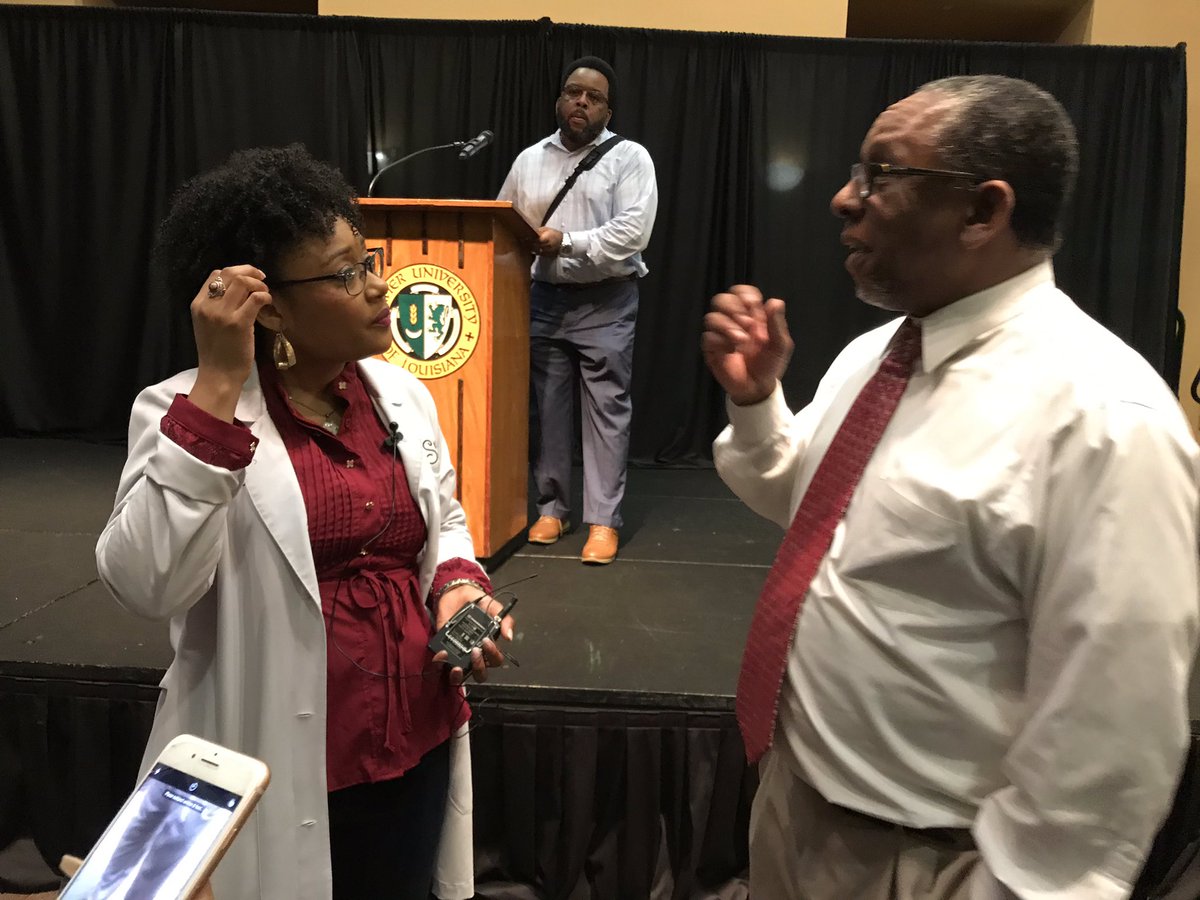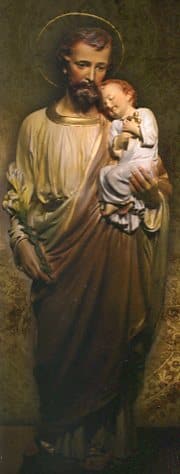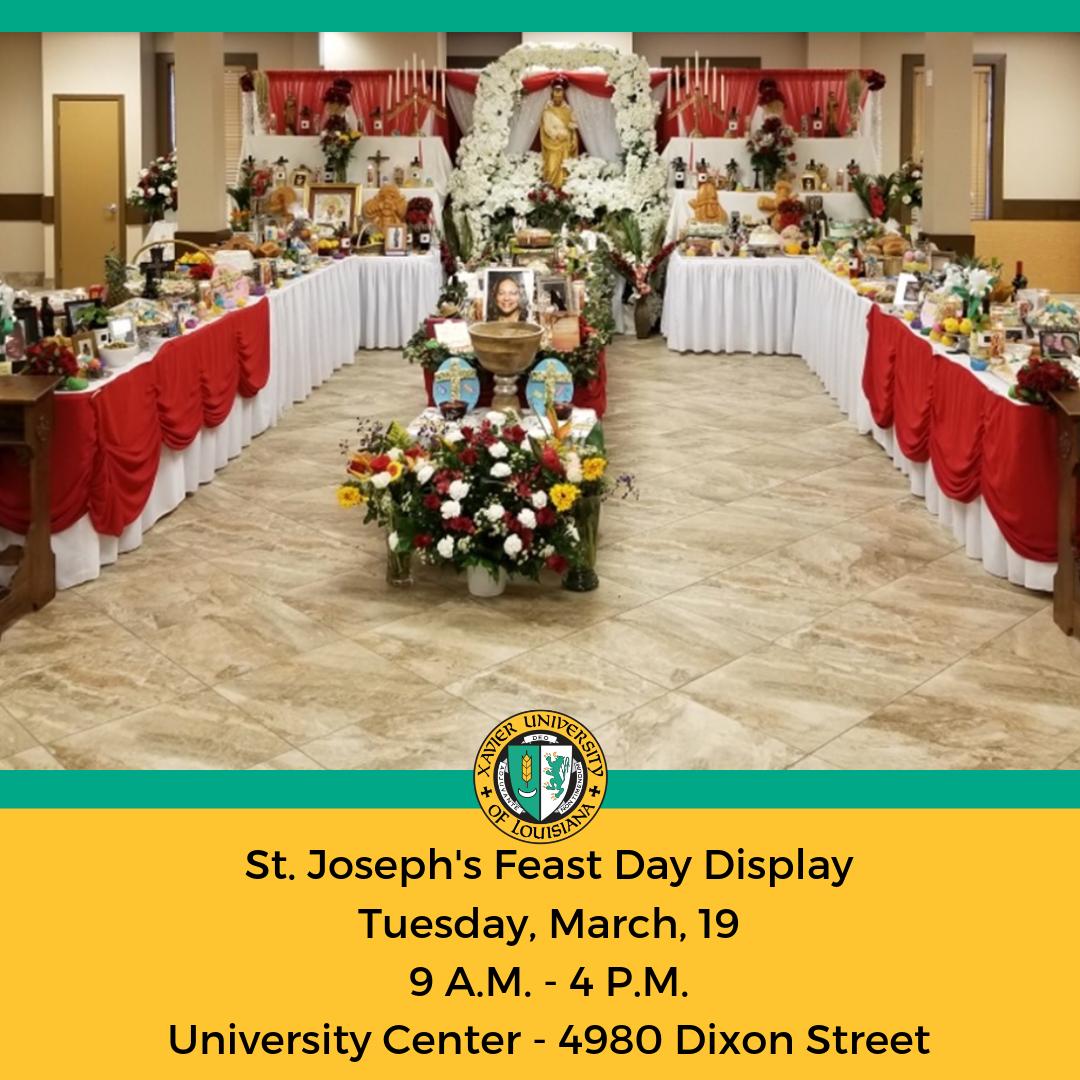
We had our fifth retreat there, this time complicated by the aftermath of Mardi Gras, Saint Patrick Day parades (there were at least six in the area between Friday and Sunday), preparations for Saint Joseph Day (many baking cookies), and various simultaneous Lenten retreats.
/https://public-media.si-cdn.com/filer/81/46/8146d2e3-94a3-4f9c-ab5a-dfaf572e0740/ffewp3.jpg)
“Who dat?” (“Who’s that?”) is the famous local refrain for whoever is playing the local football team (named, of course, the “Saints”), but l
Of most concern is the voodoo undercurrent of the city.
That demonic “religion” is the deepest form of occultism and has been known to even frighten satanists.
Here it is part of the culture — at least for those who reject Christianity, or have syncretized Christianity with the dark practice of curses, spells, potions, dances to raise the dead, amulets, and pin dolls (to remotely injure enemies).
During our retreat, a dark form was seen off to one side of the ballroom (hotels can be an issue, especially after such festivities) and two closet doors in the front near the podium opened not once but twice of their own accord, in front of everyone. We have had about a hundred retreats. That has never happened before.
New Orleans! Was it just the hotel — a deceased soul begging for prayers (the first time it occurred was literally the instant mention was to be made of spirits that can afflict public places like hotels)? We prayed some powerful prayers and no one seemed fazed, for the Blessed Mother through Jesus had everything in control. (“Who dat?” one may indeed have asked — or perhaps, “What dat?”) Prayer cleared everything.
However, nothing quite equaled what apparently occurred Sunday — Saint Patrick’s Day — at the large local Catholic school, Xavier University. For there, at three p.m., in the University Center McCaffrey Ballroom (third floor, 4980 Dixon Street), was an event called “Voodoo in New Orleans: Myth and Reality,” organized by a professor of humanities named Dr. Michael White who obviously has no cognizance of the spiritual ramifications voodoo present.

Here was the kicker: “There will also be a demonstration of authentic ritual dancing, drumming, and singing.”
Let this sink in: a Catholic university was sponsoring and playing host to an actual voodoo ritual.

Let’s be fair: Xavier also today has a splendid Saint Joseph Altar. This is a very big thing in the city: special devotion to Saint Joseph and festivities that accent that devotion. Meanwhile, how many cities have restaurants with special Lenten menus, or call counties “parishes”?

A very special tradition — one for which New Orleans should be lauded. There are even Saint Joseph Day parades. Once more we see that face-off between the many great Catholics and their traditions here and the too-numerous occultists and revelers with their traditions.
Xavier’s Saint Joseph Altar will be in the same building as that voodoo ritual — hopefully purging it, as hopefully our hotel ballroom was purged!
Oh, Xavier. And the question again: where was the university president?
The problem: too often none of the above think there is really anything to the spirits of voodoo and Mardi Gras, and many academics, having never watched doors open of their own accord, and quite guilty of spiritual obscurantism, believe not in a metaphysical dimension.
That’s old-fashioned, for the superstitious. That’s for folks who believe in Jesus and His Blessed Mother and Saint Joseph. But let us breathe a sigh of relief on this day dedicated to a saint so powerful against the enemy that they refer to him, quite aptly, as “Terror of Demons.”
–MHB
[resources: Saint Joseph’s Prayer Book]


:max_bytes(150000):strip_icc()/mardi-gras-1176483_960_720-59432c883df78c537bae8451.jpg)


 [Feedback: “Great retreat Precious priest there from New Orleans via Medjugorje: Sharon and Jason (daughter took me) Very special time. But that is not the real reason for this e-mail. If you follow Medjugorje March 18 of some year in very near future will be very significant date to remember according to a message given to Mirjana by Our Lady! A big event will happen: It is actually Mirjana’s real birth day but Blessed Mother told her..that was just a coincident. I just read the book and learned that and also was reminded by a mailing that was waiting for me when I got home this afternoon..remember, if it is a year or two from now: it is the date in between St Patrick’s and St Joseph’s feast days. Back to the retreat..Wonderful Uplifting.. a restaurant/ we went to had a Statue of St Joseph in the front entrance and most all the restaurants had LENTEN MENU Imagine that!”
[Feedback: “Great retreat Precious priest there from New Orleans via Medjugorje: Sharon and Jason (daughter took me) Very special time. But that is not the real reason for this e-mail. If you follow Medjugorje March 18 of some year in very near future will be very significant date to remember according to a message given to Mirjana by Our Lady! A big event will happen: It is actually Mirjana’s real birth day but Blessed Mother told her..that was just a coincident. I just read the book and learned that and also was reminded by a mailing that was waiting for me when I got home this afternoon..remember, if it is a year or two from now: it is the date in between St Patrick’s and St Joseph’s feast days. Back to the retreat..Wonderful Uplifting.. a restaurant/ we went to had a Statue of St Joseph in the front entrance and most all the restaurants had LENTEN MENU Imagine that!”